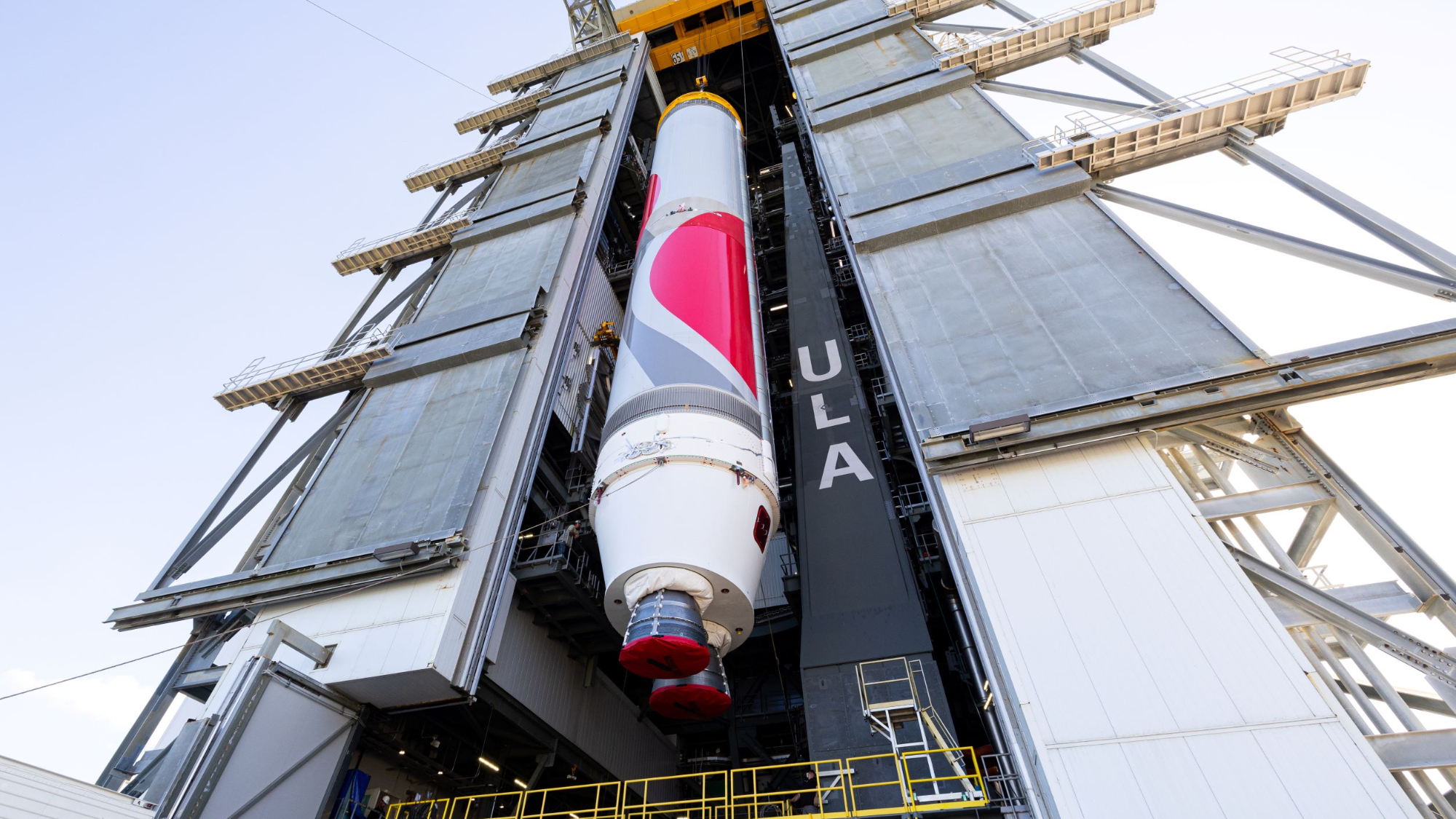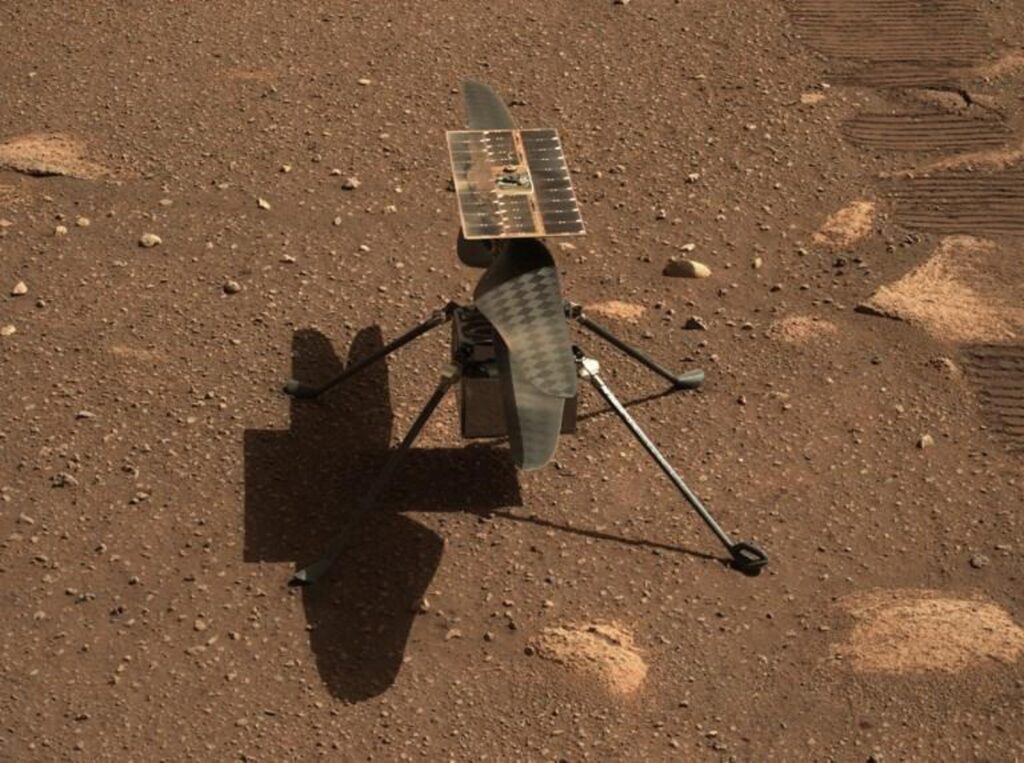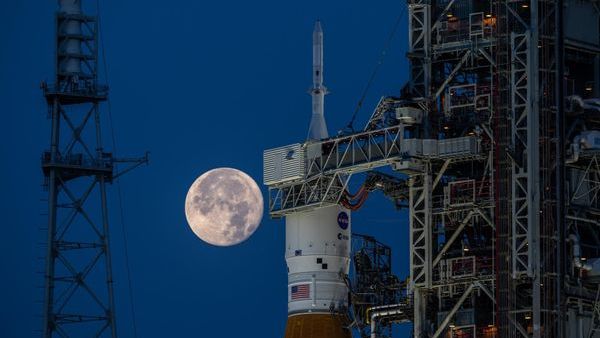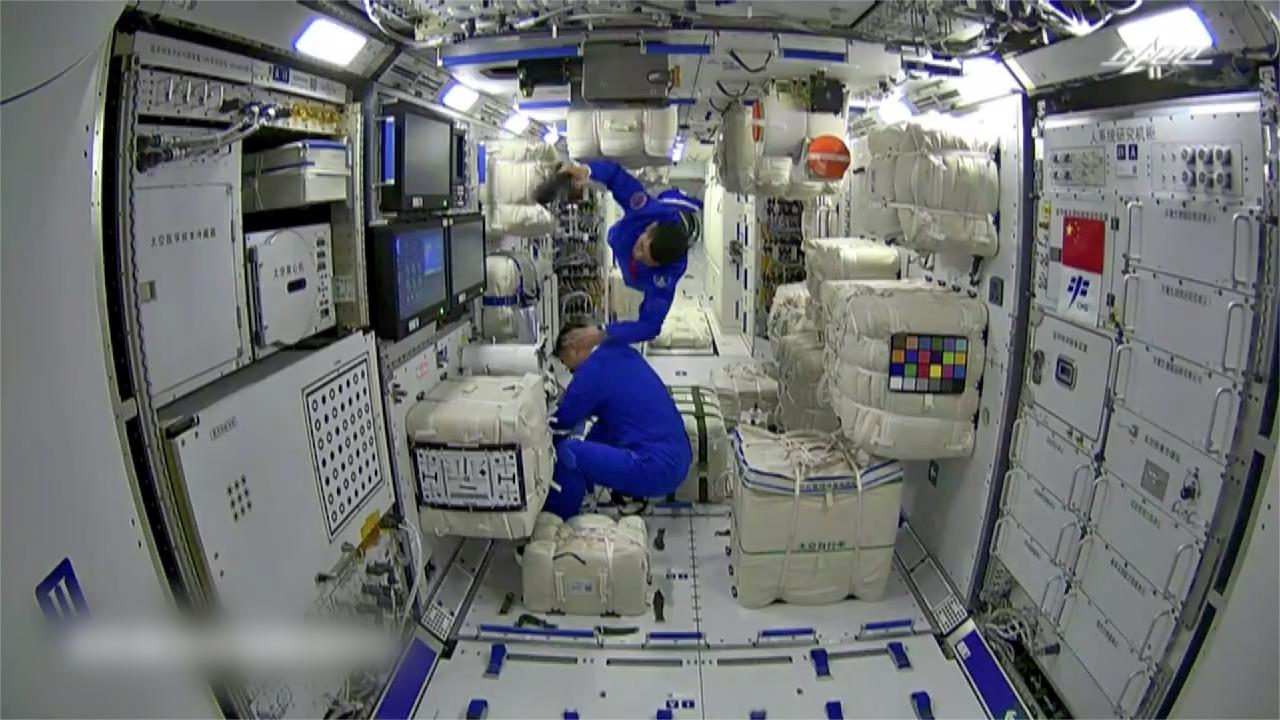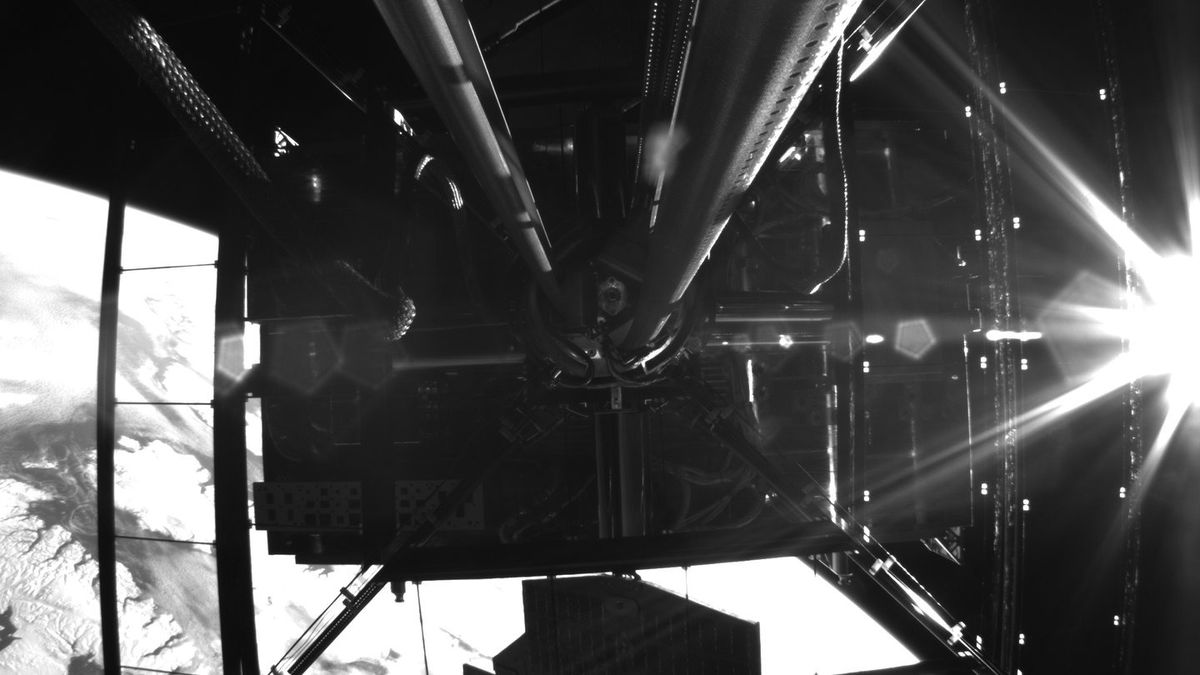NASA is preparing for its Certification-1 flight test on January 8, 2024, using ULA’s Vulcan rocket. NASA’s Commercial Lunar Payload Services (CLPS) effort aims to launch the first Astrobotic Peregrine commercial lunar lander to a highly elliptical orbit 220,000 miles above Earth to intercept the Moon. Five instruments contribute to lunar science in the cargo.
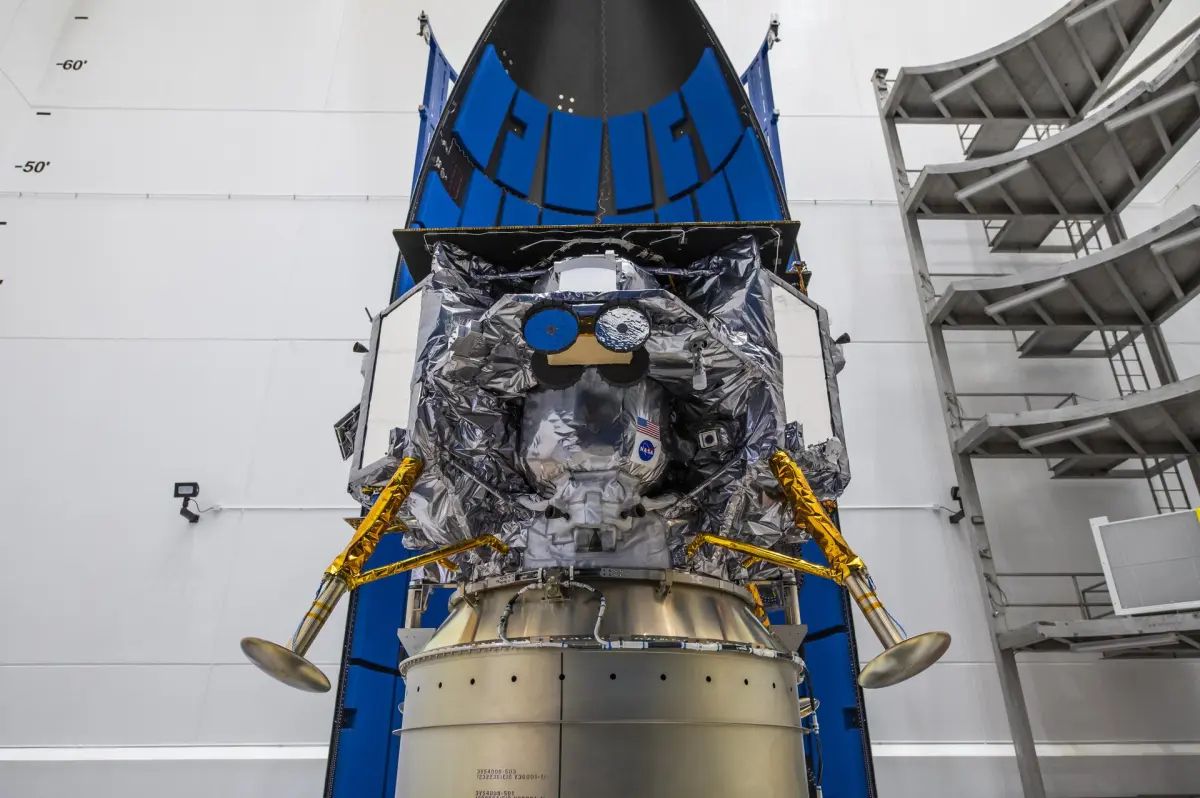
NASA’s Peregrine Mission 1: Exploring Lunar Mysteries with a Suite of Advanced Payloads
The Peregrine Mission 1 lander’s 20 payloads include Goddard Space Flight Center’s Laser Retroreflector Array (LRA), Ames Research Center’s Neutron Spectrometer System (NSS), Johnson Space Center’s Linear Energy Transfer Spectrometer (LETS), Ames Research Center’s Near-Infrared Volatile Spectrometer System (NIRVSS), and Goddard’s PITMS. These devices will measure lunar volatiles, radiation, and surface composition.
The NIRVSS payload will analyze volatiles including water and hydroxyl using a near-infrared spectrometer, multi-color imager, and temperature sensor. It studies how water moves over the moon from low to high latitudes near the poles to inform future lunar exploration.
Additionally, the LRA helps landers locate themselves with its accurate marker. With retro-reflectors, this tool helps identify locations under laser light. International agreements allow it to be used on U.S. and foreign lunar landers.
READ ALSO: SpaceX Falcon 9 launches Ovzon-3 satellite, kicking off launch year at the Cape
NASA’s Peregrine Mission 1 Sparks Debate with Unique Payloads and Celestis Memorial Spaceflights, ULA’s Vulcan Rocket Ready for Certification-1 Launch
The mission’s scientific payloads and Celestis Memorial Spaceflights’ involvement have garnered attention. The Vulcan rocket will launch Gene Roddenberry’s and others’ ashes into heliocentric orbits around the Sun, generating debate. The Navajo Nation President, Buu Nygren, wrote to NASA and the USDOT to delay Peregrine Mission 1. NASA clarifying that CLPS flights are commercial and don’t control non-NASA payloads, citing an intergovernmental meeting with the Navajo Nation.
In other news, ULA’s Vulcan rocket will make its Certification-1 debut after the Launch Readiness Review (LRR). Before qualifying for U.S. Space Force National Security Space Launch (NSSL) missions, the rocket with two solid rocket boosters and a small payload fairing must perform two certification missions. The 45-minute launch window opens at 2:18 a.m. EST on January 8. The Centaur 5 rocket’s top stage will use RL10C-X engines with a 3D-printed combustion chamber to boost production and save costs. Aerojet Rocketdyne provides pressurized helium tanks and attitude-control thrusters.
READ ALSO: NASA discusses Moon-bound science as ULA’s Vulcan rocket gets go ahead for Jan. 8 launch
